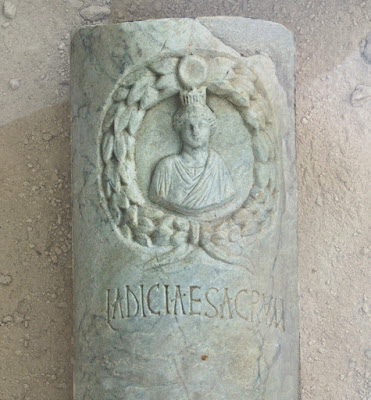 |
| Kunsthistorisches Museum (no. IX A 79) Photograph by James Steakley, PD |
Roman cameo of Gemma Augustea (AD 9–12). A depiction of Emperor Augustus and Dea Roma seated on a bisellium surrounded by goddesses and allegories.
___________
For Journal articles and papers see  Follow me on Academia.edu or Selected Works
Follow me on Academia.edu or Selected Works
For Books see Amazon or Amazon
 Follow me on Academia.edu or Selected Works
Follow me on Academia.edu or Selected WorksFor Books see Amazon or Amazon
Updated Dec. 1, 2023



















































